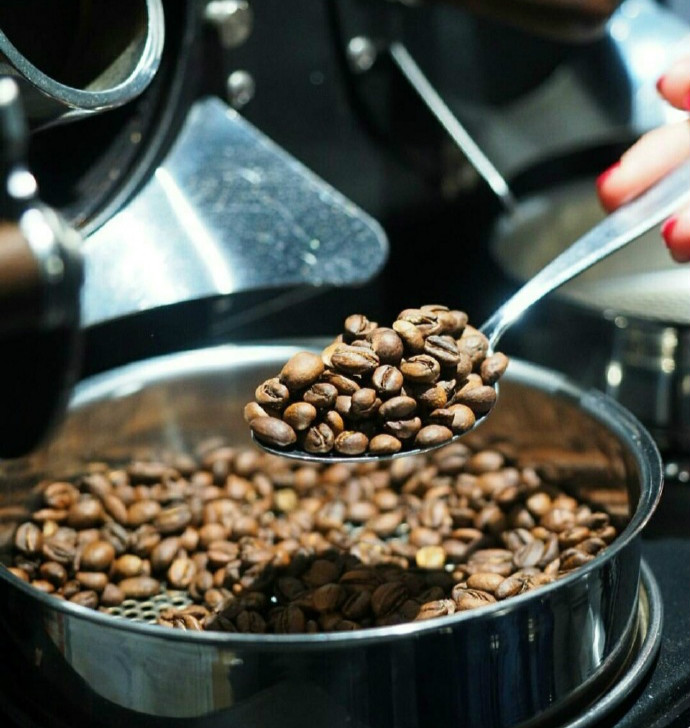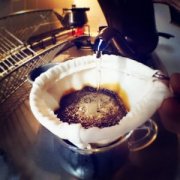Baking tips: how to easily screen residual beans
Yesterday, I saw someone on the Internet asking if the vibrating screen can sift peanut beans and coffee beans. The answer is yes. Below on the vibrating screen in screening these two kinds of materials some of the problems and solutions to some of the discussion. First of all, customers need to know the number of peanut beans and coffee beans, and then choose the appropriate screen, such as screening peanut beans and coffee beans in general woven mesh can be. Secondly, it depends on the size of the output of the customer, to decide which model is selected, such as a rotary vibrating screen or a linear vibrating screen.
Each device has its own advantages. In the case of a large amount of processing can be selected linear vibrating screen. Take linear vibrating screen for example, linear vibrating screen is the use of special two vibrating motors as excitation source, so that the material is thrown up on the screen surface, while moving forward in a straight line. The material smaller than the sieve hole falls to the lower layer through the sieve hole, continuously jumps and flows out through the discharge port to complete the classification operation of the material. And can stack multi-layer screen, can screen a number of grades. For example, the first layer is used to remove large impurities in peanut beans, peanut beans fall through the screen to the second layer of screen, peanut beans larger than the second layer of screen can continuously move to the discharge port along the vibration force of the screen, and the required grade can be sieved out. Impurity powder smaller than the mesh number of the screen can be discharged in the third layer. The same applies to sifting coffee beans. Compared with other screens, SZZ series linear vibrating screen has the characteristics of high screening accuracy, simple structure, convenient maintenance, low energy consumption, low noise, good sealing, favorable environmental protection, replaceable various screens, long service life, etc., which is convenient for users to use.

Important Notice :
前街咖啡 FrontStreet Coffee has moved to new addredd:
FrontStreet Coffee Address: 315,Donghua East Road,GuangZhou
Tel:020 38364473
- Prev

Attentively make a cup of fine coffee from the most basic understanding of fine coffee
Coffee extraction principle the core process of coffee extraction principle: 1 crushing coffee beans to increase the surface area of coffee in contact with water; 2 coffee powder fully soaked in aqueous solution, coffee essence hydrophilic dissolution; 3 separation of coffee solution and coffee grounds. All modern coffee extraction is the two core processes of soaking and filtration, which belongs to the category of physics, and there is basically no chemical change in the process. Coffee powder
- Next

The reason why tap water or mineral water is generally not used for brewing coffee.
Communication of professional baristas Please pay attention to the coffee workshop (Wechat official account cafe_style) about 98% or 99% of a cup of coffee is water. Like making wine and making tea, only good water quality can show the aroma of coffee. Mineral water is hard water containing minerals, which hinders the release of caffeine and tannin, reducing the taste of coffee. The best way to make coffee is to boil it on a gas stove.
Related
- Beginners will see the "Coffee pull flower" guide!
- What is the difference between ice blog purified milk and ordinary milk coffee?
- Why is the Philippines the largest producer of crops in Liberia?
- For coffee extraction, should the fine powder be retained?
- How does extracted espresso fill pressed powder? How much strength does it take to press the powder?
- How to make jasmine cold extract coffee? Is the jasmine + latte good?
- Will this little toy really make the coffee taste better? How does Lily Drip affect coffee extraction?
- Will the action of slapping the filter cup also affect coffee extraction?
- What's the difference between powder-to-water ratio and powder-to-liquid ratio?
- What is the Ethiopian local species? What does it have to do with Heirloom native species?

